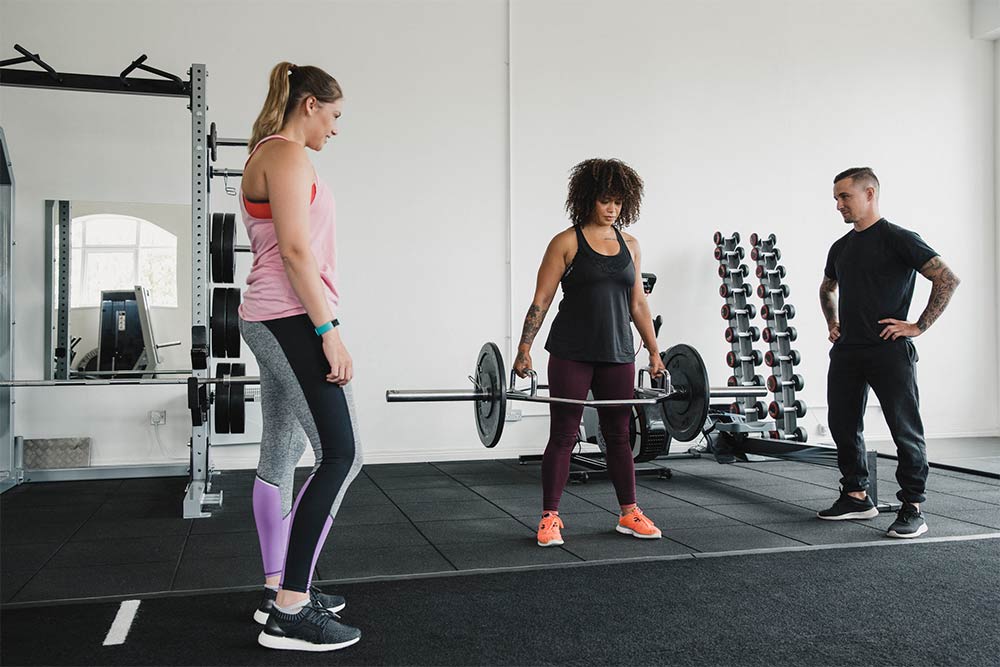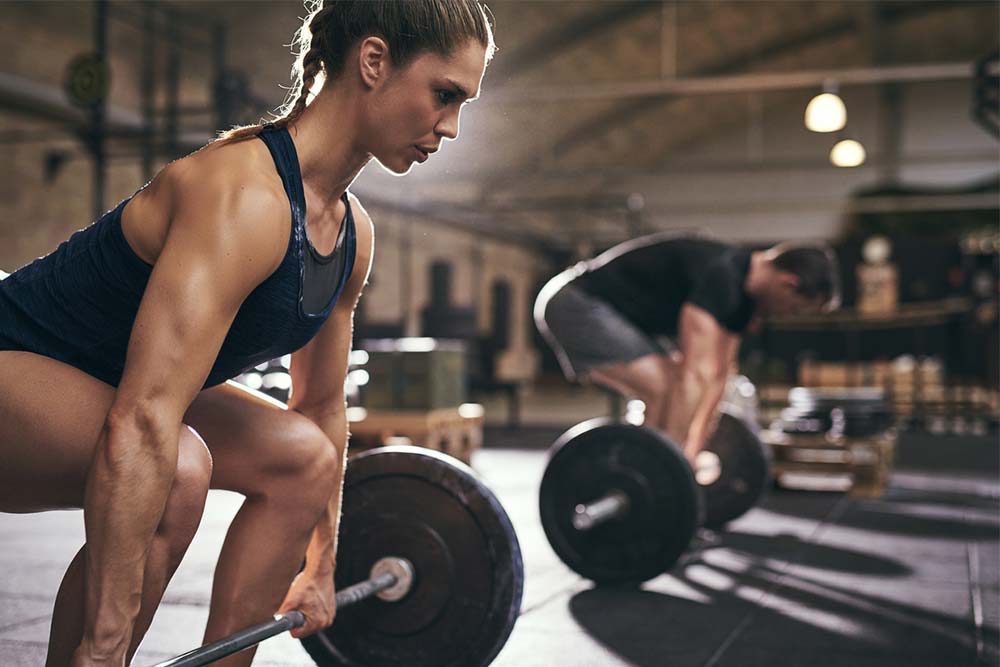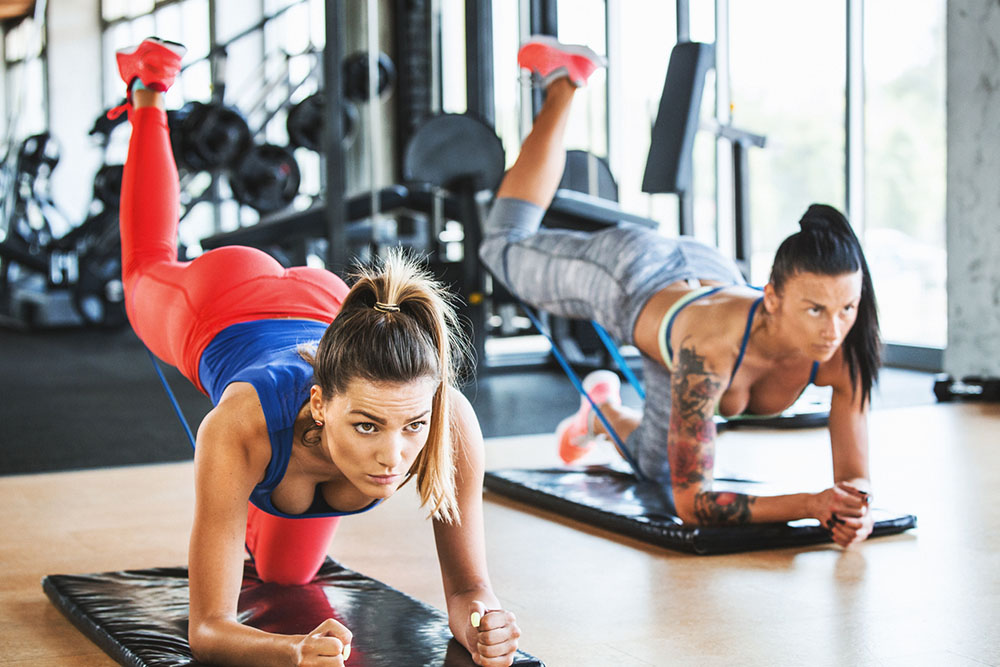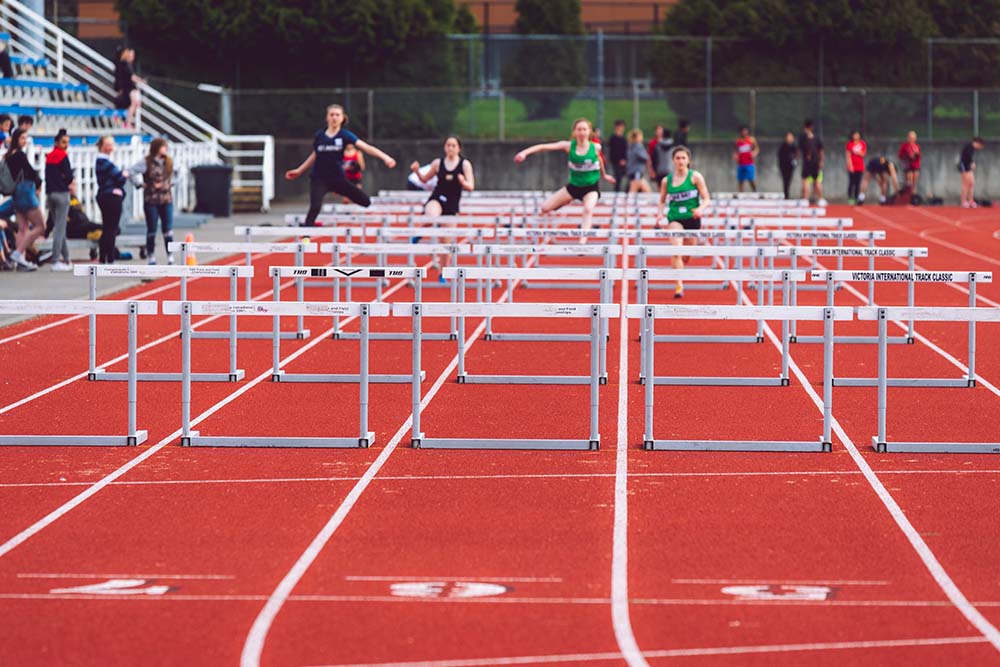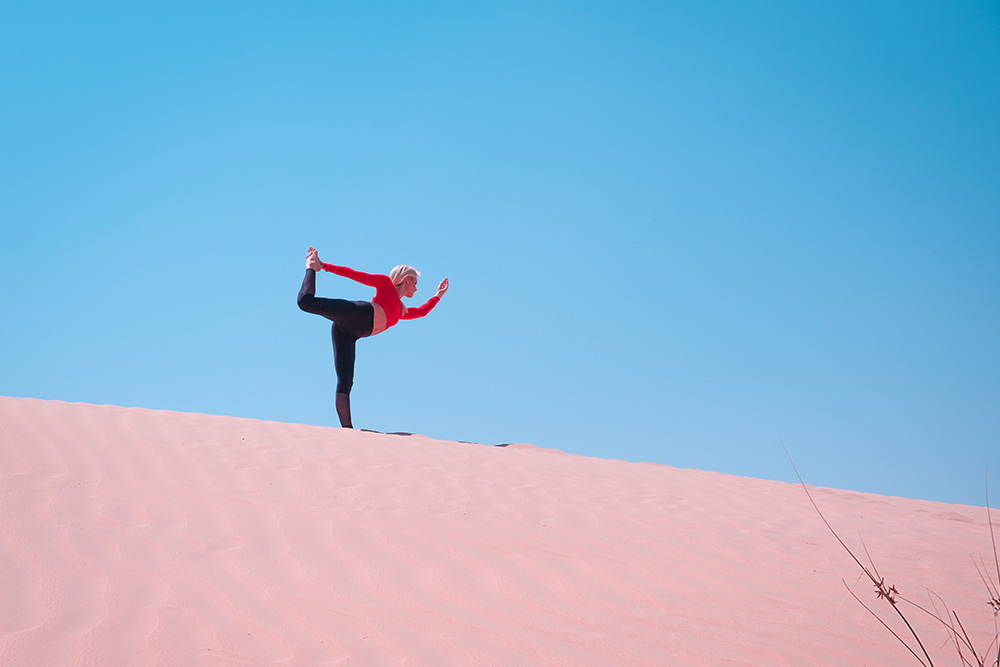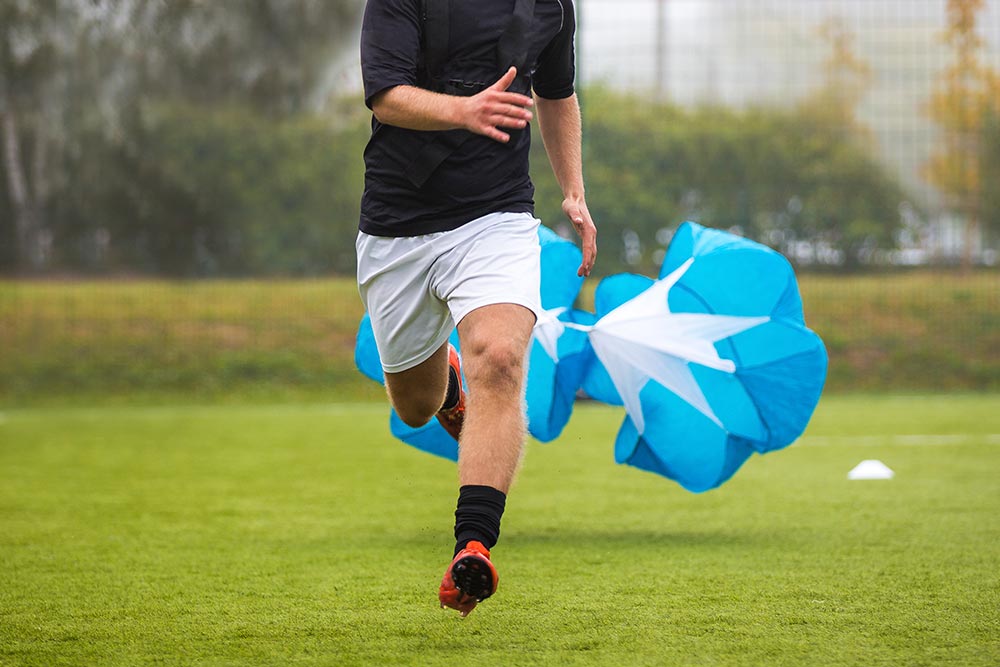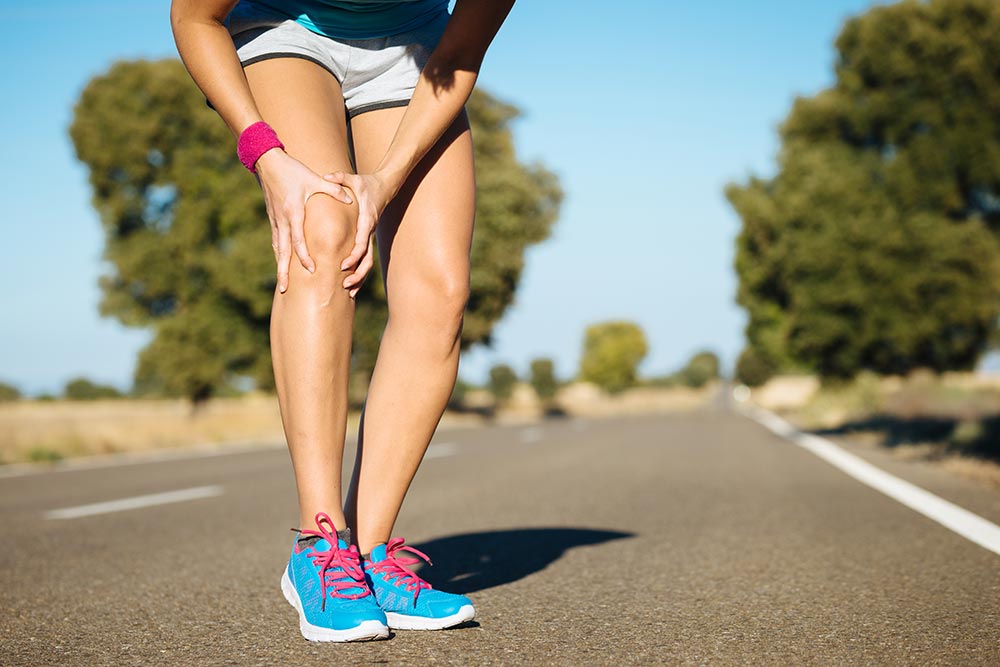Weight Training Techniques: The Benefits of Unilateral Training
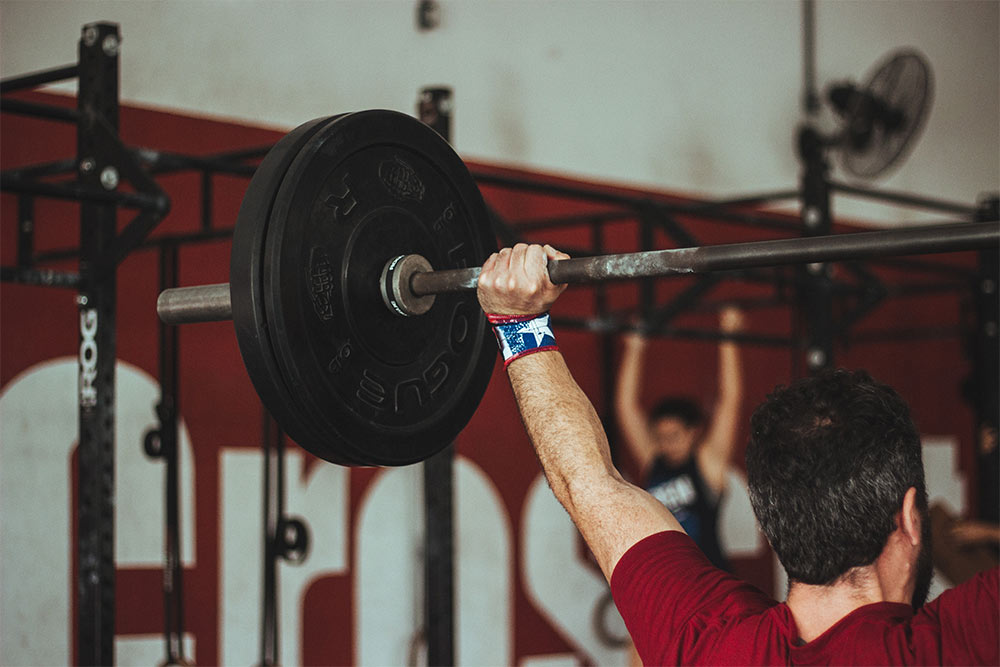
Alyssa Bialowas
Unilateral exercises are single-leg or single-arm movements. The primary benefit of including unilateral exercises in your training programs is that the exerciser is using both sides of the body equally. Unilateral training results in the following benefits –
- Helps to avoid overtraining or overusing the dominant side
- Helps to isolate and correct muscle imbalances
- Improves balance
- Utilizes core muscles
- Aids in injury prevention
- Facilitates rehabilitation
Related Article: Concurrent Training & Its Effect on Muscle & Strength Gains
Training one side of the body stimulates the other, resulting in training that facilitates rehabilitation to a greater degree.
Cross-education is greatest for lower-body muscles and when eccentric (lengthening) contractions are used to train the working muscles. However, concentric (shortening) contractions also work, as do isometric (no change in length) contractions, though to a much lesser degree. 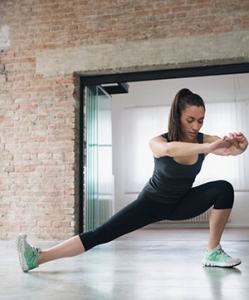
In The Literature –
Many of the movements produced in team sports require a number of changes of direction (COD) at high speeds to gain an advantage over their opposition. COD is a component of agility and depends on neuromuscular coordination, leg muscle strength and power, and sprinting speed (Aisan et al., 2018). During the COD, eccentric force is used to decelerate and develop the concentric strength to accelerate in the new direction. There is a lack of information regarding the effects of eccentric-overload training on COD performance and its influence on the different factors related to COD performance.
Resistance training benefits muscle adaptations in a relatively small amount of time. Previous research indicates that resistance exercise can increase strength within four weeks of training. These studies vary in their training protocols used, focusing on either the concentric or eccentric phases of the exercise movement (Aisan et al., 2018).
Some researchers argue that training protocols that utilize overload during the eccentric phase of the movement, can achieve greater strength gains than training with a constant load during concentric and eccentric phases.
Aisan et al. (2018) set out to compare the chronic eccentric-overload training effects of unilateral (lateral lunge) vs bilateral (half-squat) using an inertial device on hypertrophy and physical performance.
The Study
The participants in this study were all male, team sports athletes. 27 participants performed four sets of seven repetitions of inertial eccentric overload training, every two weeks for six weeks. The participants were distributed into a unilateral lunge group and a bilateral squat group. During pre and post-intervention, researchers recorded the following; lower limb muscle volume, countermovement jump, power with both legs, dominant and no-dominant leg, change of direction turn of 90° with dominant and no-dominant leg, and 10m sprint time (Aisan et al., 2018).
Results
The unilateral lunge group obtained an increase of adductor major muscles (in the thigh), and vastus medialis (part of your quad) than the bilateral squat group. The bilateral squat group obtained an increase of vastus lateralis (anterior compartment of the thigh) and lateral gastrocnemius (posterior femur) than the unilateral lunge group. Both groups improved countermovement jump, power with both, dominant and no-dominant leg, and a change of direction turn of 90° with dominant and no-dominant leg, however, there was no effect in either group on 10m sprint time.
Further research should explore sprint capacity and COD improvements. Sprint capacity did not change in the six-week exercise program observed in this study, perhaps due to the fact that sprint capacity depends on neuromuscular coordination combined with muscle strength.
Takeaway
The results of this study indicate that a 6-week training program that incorporates unilateral and bilateral eccentric can absolutely improve lower limb muscle volume, countermovement jump, power with both legs, dominant and no-dominant leg, change of direction turn of 90° with the dominant and no-dominant leg in participants. Unilateral training is more effective than bilateral training in improving COD turns 90-degree movements.
Related Article: The 7 Myths of Weightlifting
Unilateral Training – Weight Training for Men and Women
Lower body:
Box step-up
Side Lunge
Forward Lunge
Backward Lunge
Single-leg squat
Upper-body:
Single-arm dumbbell shoulder presses
Single-arm rows or chest presses
Single-arm standing dumbbell rows
Biceps curls
Unilateral Training – Plyometric Training for Men and Women
Low intensity:
Single-leg push-off
Lateral push-off
Medium to high intensity:
Lateral box jump
Jump split squat
Single-leg vertical jump
Single-leg tuck jump
Reference
Asian, J. A., Carrasquila, I., Nunez, F.J., Santalla, A., Suarez-Arrones, L., & Reina, J.I.
(2018). The effects of unilateral and bilateral eccentric overload training on
hypertrophy, muscle power and COD performance, and its determinants, in team
sport players.” PLOS One.
You Might Like:


